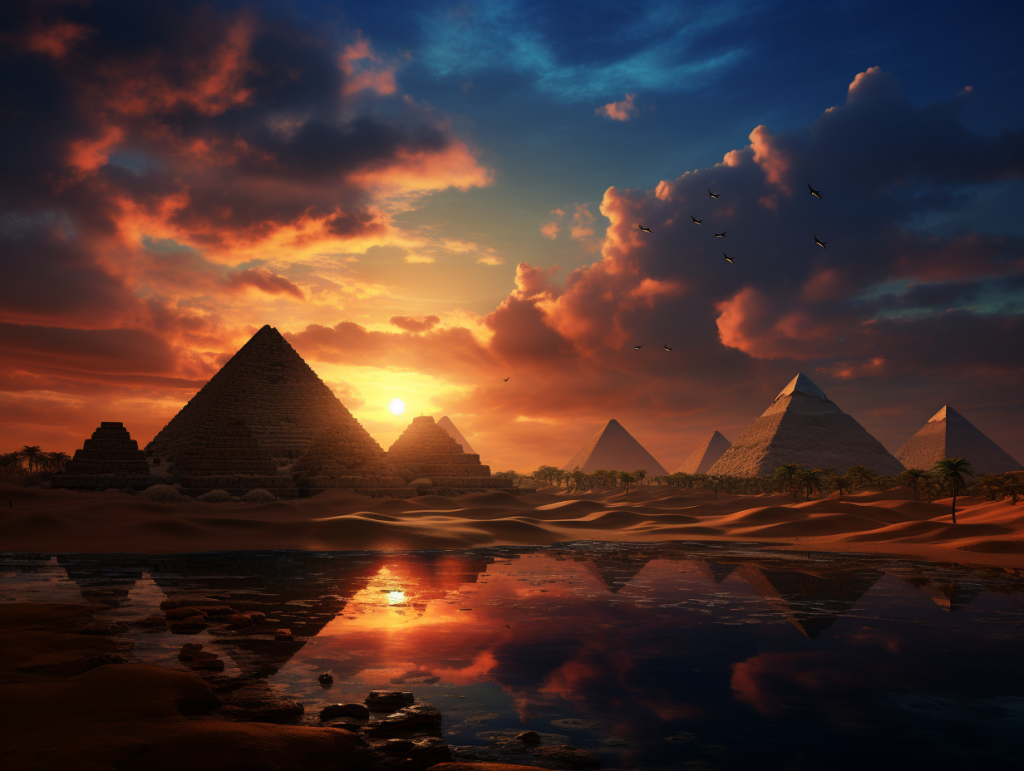In the annals of mystical traditions, two particularly compelling systems captivate the seekers: the Servants of the Light and the enigmatic teachings of ancient Egypt. While on the surface these two might appear distinct, they share profound resonances when one delves deeper into their core philosophies. Let’s embark on a journey through the veiled corridors of these teachings to unveil the shared wisdom between them.
Servants of the Light: Guardians of Hermetic Wisdom
Founded by Dolores Ashcroft-Nowicki, the Servants of the Light School of Occult Science is a contemporary order, but its roots stretch deep into the ancient Hermetic traditions. The school, a continuation of the work of the Helios Course in practical Qabalah, takes practitioners on a spiritual journey. Through meditation, visualisation, and ritual, the aspirant seeks to balance the inner and outer worlds, harmonizing the conscious and unconscious realms. The core philosophy revolves around the idea of light and darkness, with the understanding that one cannot exist without the other. This duality is seen as a reflection of the cosmic dance of creation and dissolution, a concept that shares a profound connection with ancient Egyptian beliefs.
Egyptian Enigmas: Symbols of Dualism
Ancient Egypt is a treasure trove of mystical symbols and rituals, which have intrigued scholars and spiritual seekers alike for millennia. The Egyptians’ cosmology was interwoven with the dance of light and shadow. The journey of Ra, the sun god, is particularly emblematic of this. Every evening, Ra would descend into the underworld, battling with the serpent Apep, only to be reborn at dawn, symbolizing the eternal cycle of death and rebirth.
The idea of duality is also seen in the concept of Ma’at, the goddess of order, truth, and balance. She symbolized the equilibrium that the Egyptians believed was essential for the universe’s harmony. Her feather, used in the afterlife’s judgment scene, represented the balance between the heart’s emotional weight and the weight of one’s deeds and intentions.
Intersecting Philosophies: Where Light Meets the Shadows
While the Servants of the Light are a modern order, their reverence for the interplay of light and darkness finds an ancient echo in the Egyptian dance between day and night, life and death. Both traditions recognize the necessity of understanding and embracing the shadow to achieve true enlightenment.
In the Egyptian Book of the Dead, the deceased’s soul undergoes trials in the Duat (underworld), navigating through darkness to find the light of rebirth. Similarly, the Servants of the Light, through their rituals and meditative practices, guide the aspirant into the depths of consciousness to confront, understand, and integrate the shadow, achieving a higher state of awareness.
The Ankh, the Egyptian symbol of life, embodies the union of opposites: the loop representing the eternal soul and the cross denoting the material world. This duality parallels the Servants of the Light’s teachings, emphasizing the interconnectedness of the spiritual and physical realms and the necessity to balance both.
Conclusion: Mystical Threads of Timeless Truths
The Servants of the Light and the Egyptian enigmas, though separated by time and culture, share a core belief in the inherent dual nature of existence. These teachings, rich with symbols and rituals, emphasize that light and shadow, life and death, the conscious and unconscious are not opposing forces but integral aspects of a holistic spiritual journey. By understanding and harmonizing these dualities, one can tap into the timeless truths that guide the soul towards enlightenment.



